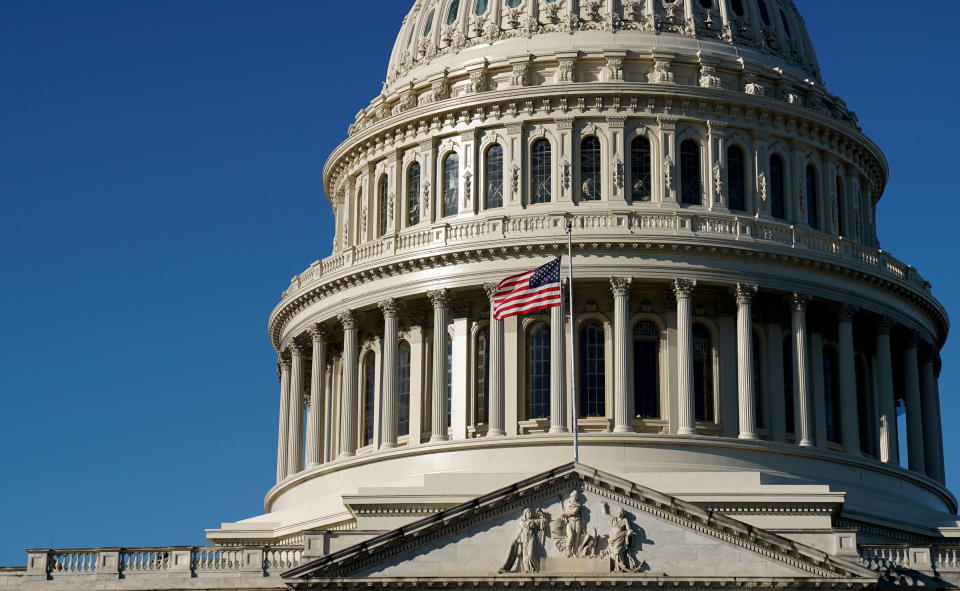How Interest Rate Hikes Are Raising the Cost of the National Debt

As the Federal Reserve pushes interest rates higher in its campaign against inflation, the cost of servicing the country’s debt is rising, too. Working with analysts from both the Treasury and the Social Security Administration, The Washington Post’s Allan Sloan has come up with an estimate of just how much higher rates are costing the U.S.: about $128 billion a year.
Looking at the portion of the national debt owned by the public — $23.88 trillion as of the end of March — Sloan determined that 29% of the total will need to be refinanced between March 2022 and March 2023, or roughly $6.9 trillion. Interest rates are now more than 1.75 percentage points higher than they were at the end of 2021 due to the Fed’s rate hikes, and at the new higher rates the U.S. will spend an additional $121 billion per year in interest on that refinancing.
The rest of the national debt — $6.52 trillion — is intragovernmental, owned mostly by federal trust funds. While accounting for that debt is a bit trickier, Sloan comes up with an estimate of $7 billion in additional costs each year due to higher interest rates as debt gets refinanced, bringing the annual total to $128 billion.
“That may not sound like much, given the trillions of dollars of investment wealth that have been vaporized by the Fed’s higher rates,” Sloan writes. “But $128 billion is in the vicinity of the $133 billion total that the Biden budget is seeking for the Energy, Homeland Security and Agriculture Departments. Or is just $2 billion below the total that the Biden budget proposes to spend for the Interior Department, the Labor Department, the Commerce Department, the Treasury, the Environmental Protection Agency, the National Aeronautics and Space Administration, the National Science Foundation, the Social Security Administration and the Corps of Engineers. Combined.”
